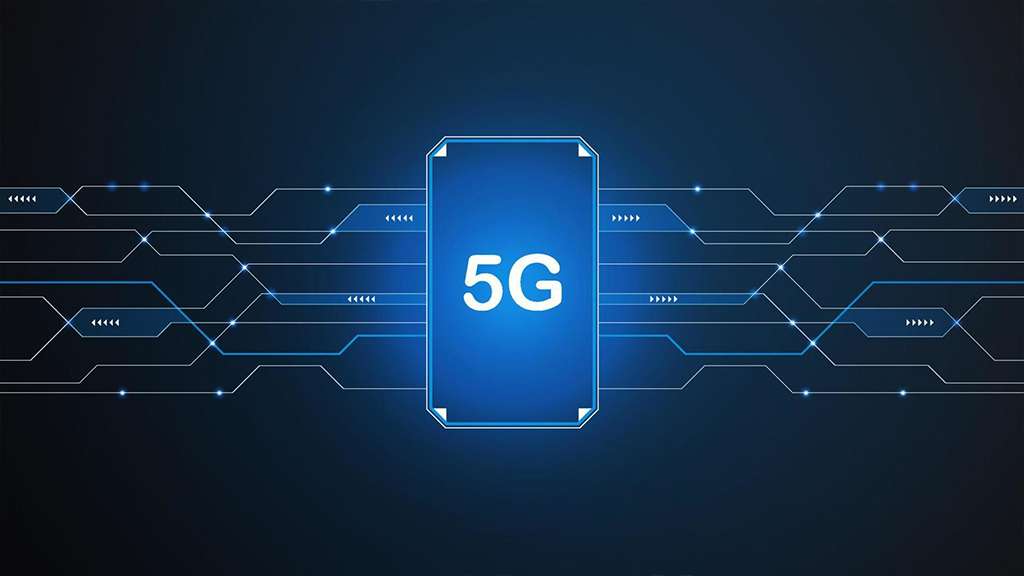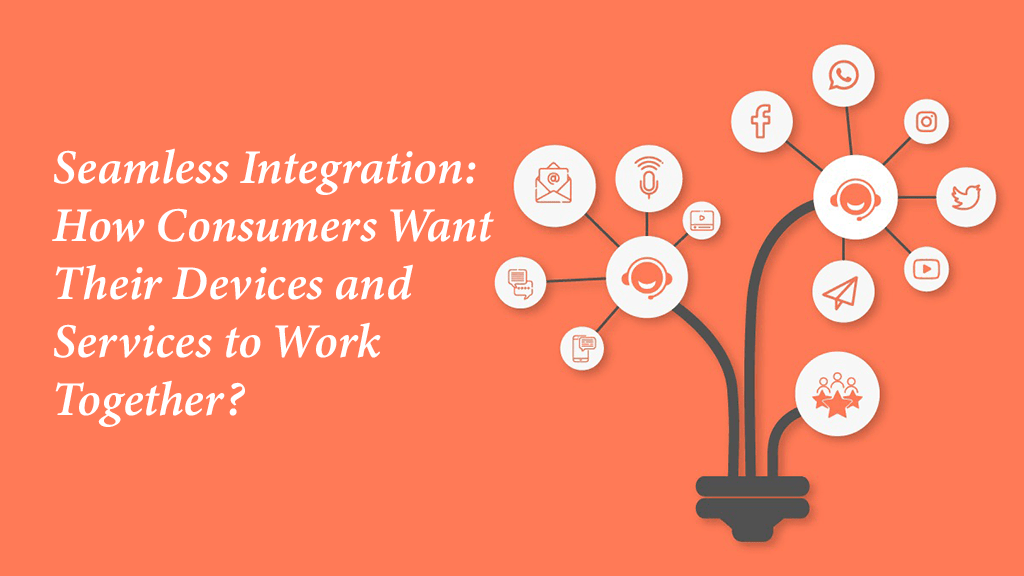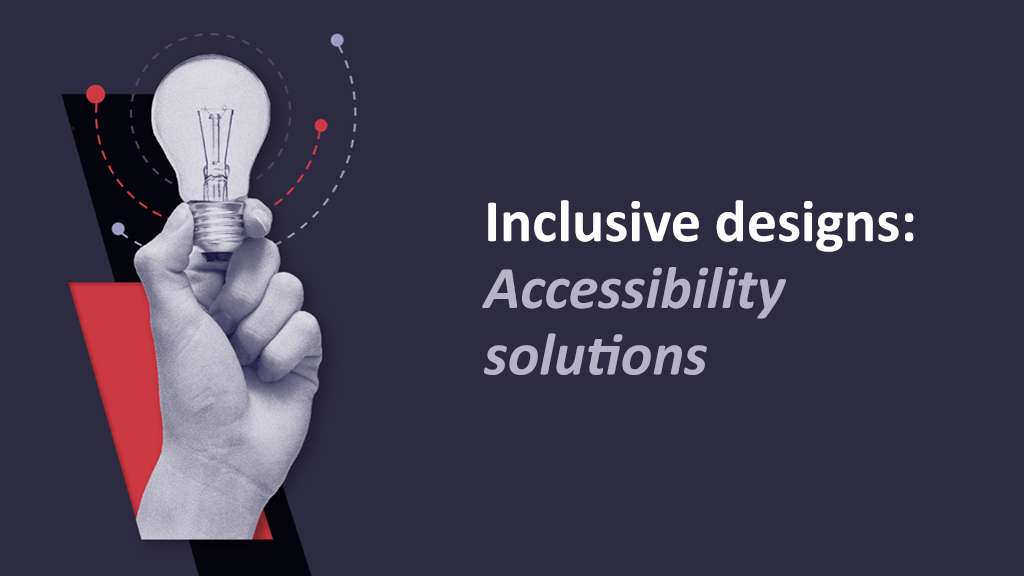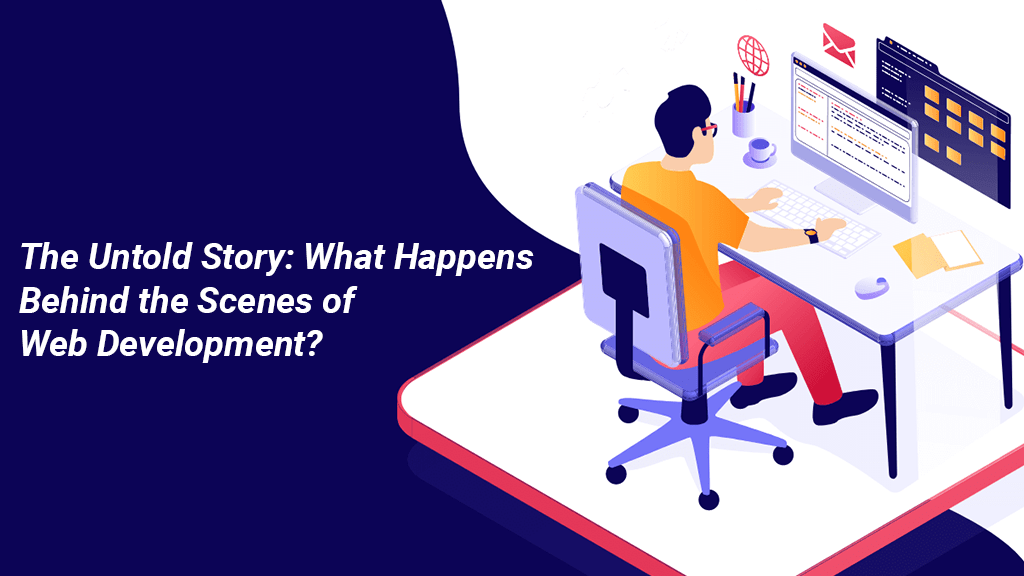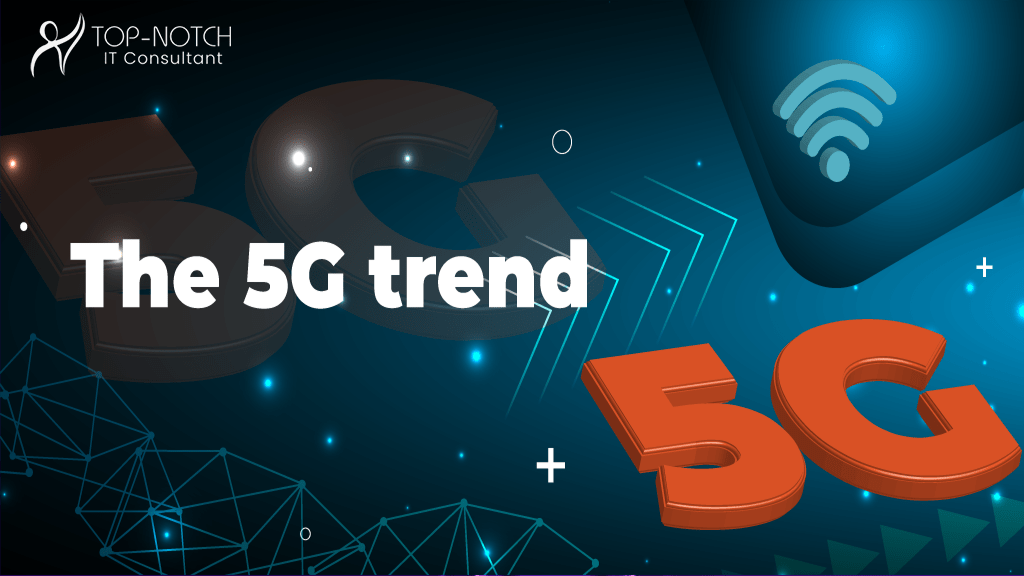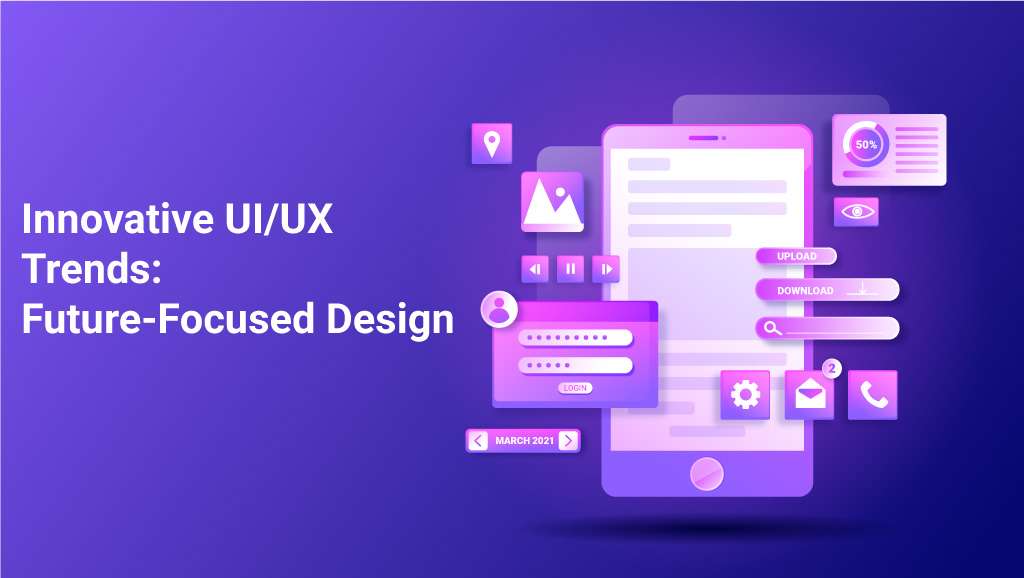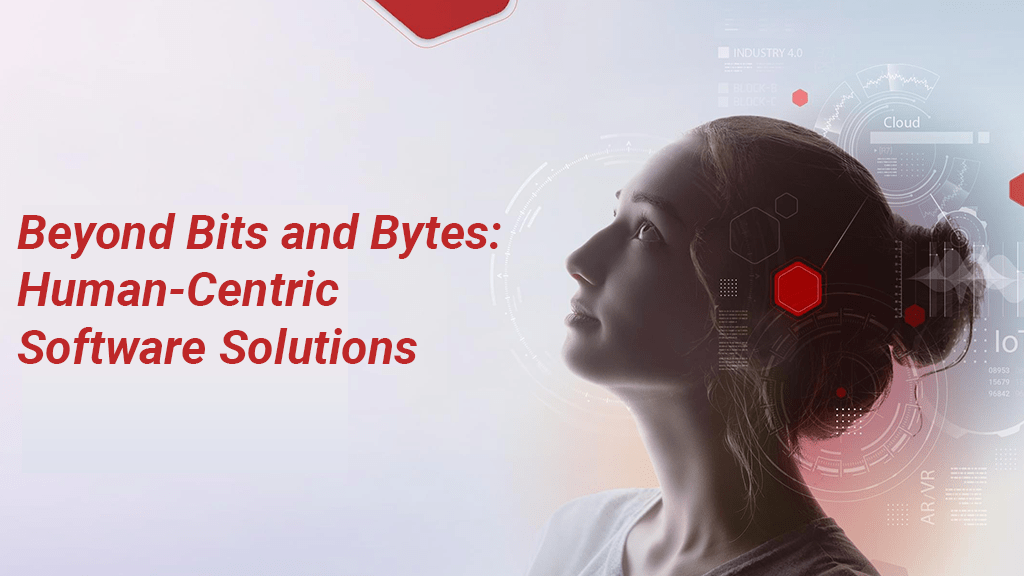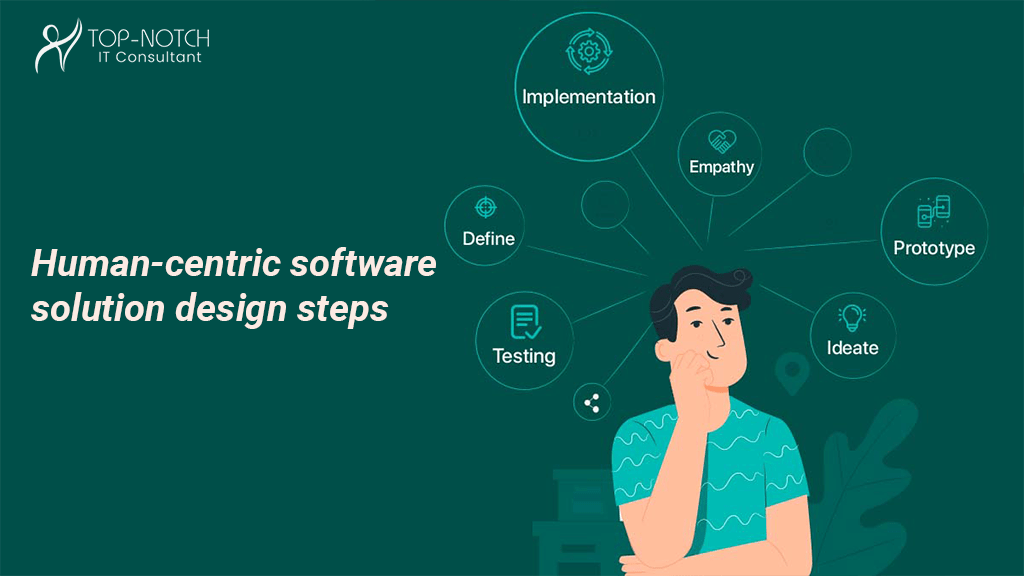The Internet of Things or IOT is developing at a very rapid pace. Many things seen on the drawing board a few years back are now becoming reality. But one of the major limiting factors is always the bandwidth. Cellular networks with good range have less bandwidth and Wi-Fi with good bandwidth have less range. One thing that can bring in some change is 5G which can enhance the cellular bandwidth by several amounts, thereby making it easy for the Internet of Things to network several devices together.
What is 5G?

5G is the 5th generation wireless technology. The current standard 4G provides speeds that range from 7 mbps to 17 mbps for uploading and 12 to 36 for download. But in 5G the speed of transmission can be as high as 15 -20 Gbps. Latency is also going to be 10 times and it will also scale up the inter-connectivity of several devices. In a nutshell, a 5G phone can load a full-length feature film in a few seconds such as its capacity. Other than that it will remove the existing limitations of bandwidth at least until the use scales up to keep up with it.
5G is the next evolution in mobile communications that has witnessed previously the mobile networks maturing from 2G to 3G to 4G. Other than the hype, 5G provides low latency and high-speed connectivity. For several IoT applications, this is important for empowering technology.
5G impact on IoT development
When things are linked, enterprises can easily develop new or enhance the existing products, business processes and services. Starting from automotive to smart manufacture and uses, the role of IoT will enhance in importance, surpassing several industries. Furthermore, IoT will benefit society by allowing the execution of government policies such as allowing control of electricity demand and fluctuation demand and lessening waste of important resources like water.
2G,3G and 4G were developed to allow personal communication and broadband services provide a strong foundation for linking things. They also can fulfill the demands of IoT providing technical abilities that exceed most of the existing use cases and with features that suit well to IoT.
However, 5G networks are offering ways for transformative IoT applications for several industries with various innovative use cases. It is because of
- Low latency and expanding networks which means 5G can reach more devices as compared to 4G
- Enhanced speeds
So, the result of this is not only a better network but a completely new “cloud native” network developed from the ground up. While the Internet of Things stands to gain massively from this technology, there is no denying that 5G abilities demand strong groundwork and training for the device makers.
Here are a few more 5G benefits of IoT
- Increased mobile broadband
- Highly-reliable communications with low latency
- Fast data in cities, local networks and urban areas
- Enhanced energy-saving facilities for indoor devices
- Internet connectivity in rural areas.
5G IoT use cases
Manufacturing
In the manufacturing sector, the interaction between 5G and IoT is giving a new shape to operations. By allowing some real-time communications among machines, control systems and sensors, 5G is paving the way for smart factories. IoT sensors can collect data on the performance of the machines and also the process of production, transmitting it over the 5G networks for better analysis.
Healthcare sector
5G and IoT allow remote monitoring of patients along with telemedicine services. With wearable IoT devices, it is possible to consistently monitor the vital signs of patients and do transmission of data through 5G networks, facilitating timely detection of health problems and interventions.
Transportation
The 5G IoT ecosystem can allow the sharing of real-time data about traffic and road conditions among cars and vehicle users, substantially increasing road safety. Smart movement and driver help services depend on 5G enabled devices in vehicles.
By collecting and analyzing real-time traffic data from the roadside infrastructure and the vehicles on the road, such Intelligent Transportation Systems timely warn drivers about hazardous road conditions, traffic blocks and safety-compromising situations.
Urban growth
The urban growth and infrastructure sector outlines a smart city as one of the spaces where traditional networks and services are improved through various digital technologies that benefit residents and enterprises. Smart cities are making use of 5G and the Internet of Things for gathering real-time data, discerning demand patterns and quickly delivering cost-efficient solutions. This 5G IoT ecosystem links mobile devices, connected vehicles, household appliances and data centers.
Agricultural sector
5G IoT solutions help in the optimization of farming practices with the help of précised agriculture methods. IoT sensors keep track of soil moisture, crop conditions and temperature which offers farmers real-time data for making informed decisions.
Safety
Using 5G and IoT technologies in security is highly increasing the overall supervising and responding abilities. Smart cameras and movement sensors connected through IoT offer exclusive real-time monitoring abilities and stream high-definition videos over 5G networks. This latest set-up allows swift response to all safety incidents and facilitates deep analytical insights into the secured trends.
Energy
5G IoT technology allows the development of smart grids for effective energy distribution. IoT sensors supervise energy consumption in real-time, facilitating utility enterprises in optimizing grid performance. With smart meters in houses and businesses, customers with strong insights into energy usage promote conservation of energy and save costs.
Entertainment
IoT 5G technology is highly beneficial in allowing novel forms of interactions and immersive experiences. IoT-connected devices like Smart TVs and gaming consoles offer high-definition content along with multiple-player gaming experiences over the 5G networks.
Thus, this impact of 5G on IoT cases highlights the transformative effect of 5G and IoT technologies all over the industries, reshaping functions, and consumer engagement plans.
These diverse use cases underscore the transformative impact of 5G and IoT technologies across industries, reshaping operations, management practices, and customer engagement strategies.
Conclusion
IoT and digital transformation are going to bring in huge changes in coming years and with 5G rolling out slowly, going to allow far-reaching connectivity. Cities will become smart, cars will get smarter and packages can tell when they will arrive on our doorsteps. The 5G revolution is approaching and it will look very interesting.
